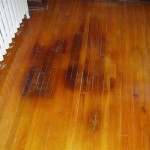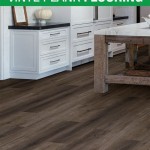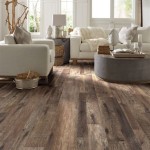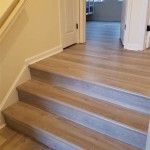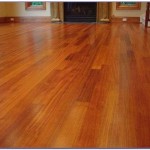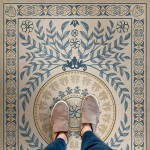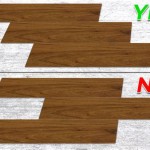Water damage on hardwood floors can be a real headache. It can cause costly repairs, and the results can be long-lasting. Fortunately, there are some steps you can take to prevent and repair water damage. In this article, we’ll explain what you can do to protect your hardwood floors from water damage, and how to repair any damage that does occur.
Identifying Water Damage on Hardwood Floors
The first step in dealing with water damage on hardwood floors is to identify it. Water damage can manifest itself in a number of ways, such as warping, buckling, cupping, and discoloration. Warping is when the wood curves up or down, buckling occurs when the wood splits and separates, cupping is when the wood curves inward, and discoloration is when the wood changes color. If you notice any of these signs, it’s important to take action right away.
Preventing Water Damage on Hardwood Floors
The best way to deal with water damage on hardwood floors is to prevent it from happening in the first place. The following are some of the best ways to protect your hardwood floors from water damage:
- Clean up spills immediately.
- Avoid using wet mops or steam cleaners on hardwood floors.
- Use furniture coasters to protect hardwood floors from furniture legs.
- Install mats or rugs in areas where there is high foot traffic.
- Install waterproofing sealers or coatings.
- Install vapor barriers in basements.
- Use area rugs in bathrooms and kitchens.
Repairing Water Damage on Hardwood Floors
If you find that your hardwood floors have already been damaged by water, there are some steps you can take to repair the damage. The following are some of the most common methods for repairing water damage on hardwood floors:
- Sanding and refinishing. This is the most common method of repairing water-damaged hardwood floors. The process involves sanding away the top layer of wood, and then refinishing it with a new finish.
- Replacing boards. If the damage is too severe, it may be necessary to replace some of the boards. This can be a difficult and costly process.
- Drying out the boards. If the damage is recent, it may be possible to dry out the boards and save them. This requires the use of fans and dehumidifiers to reduce the moisture levels in the floor.
Conclusion
Water damage on hardwood floors can be a major problem that leads to costly repairs. The best way to deal with it is to prevent it from happening in the first place. However, if your hardwood floors have already been damaged, there are some steps you can take to repair the damage. Be sure to take action right away if you notice any signs of water damage.





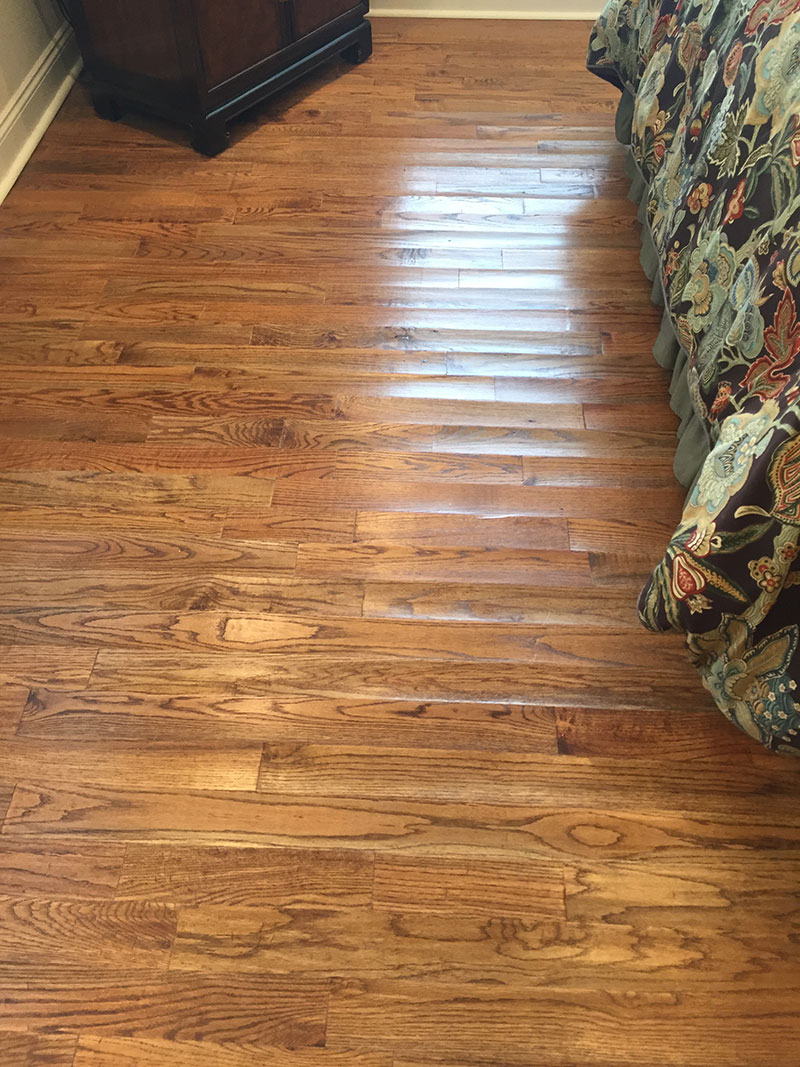









Related Posts

